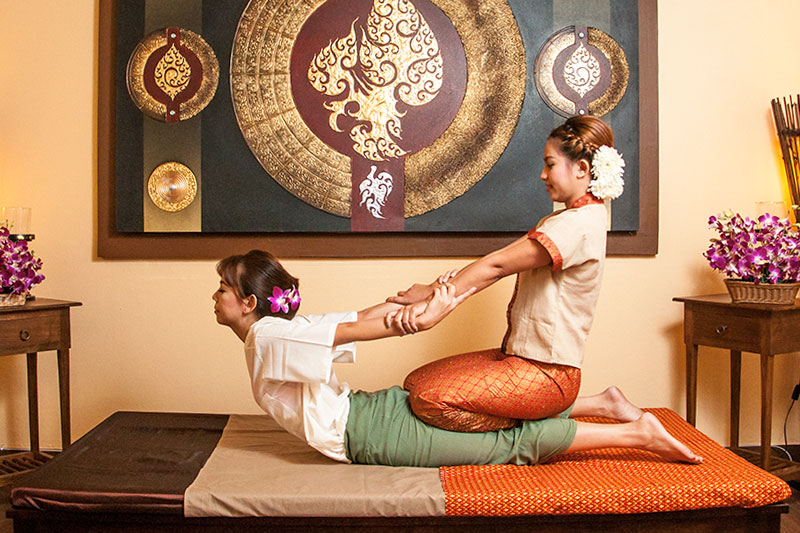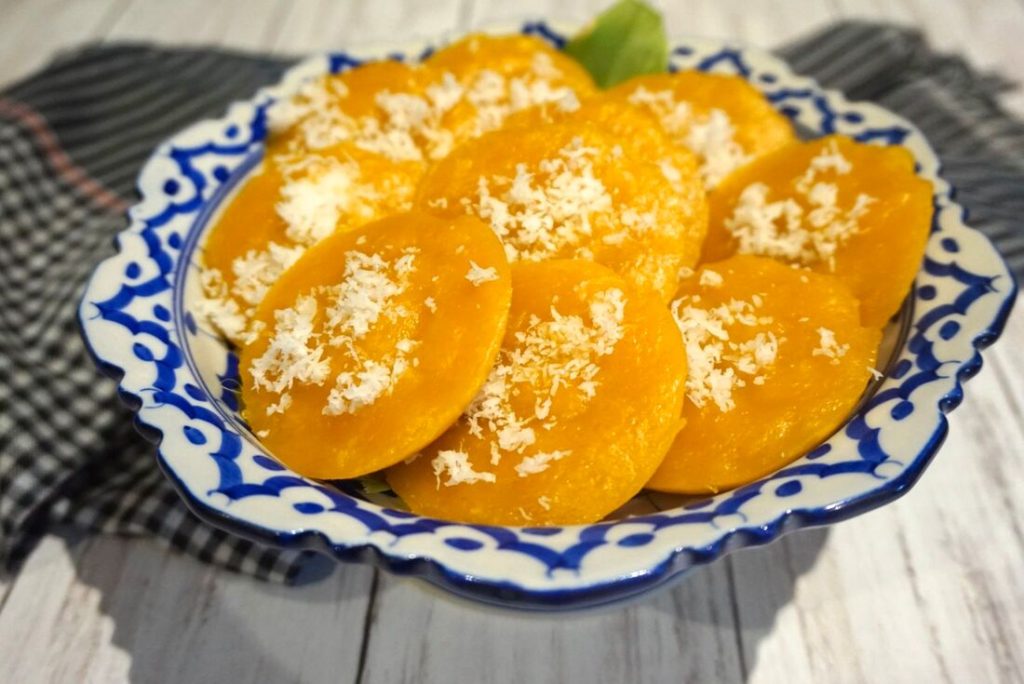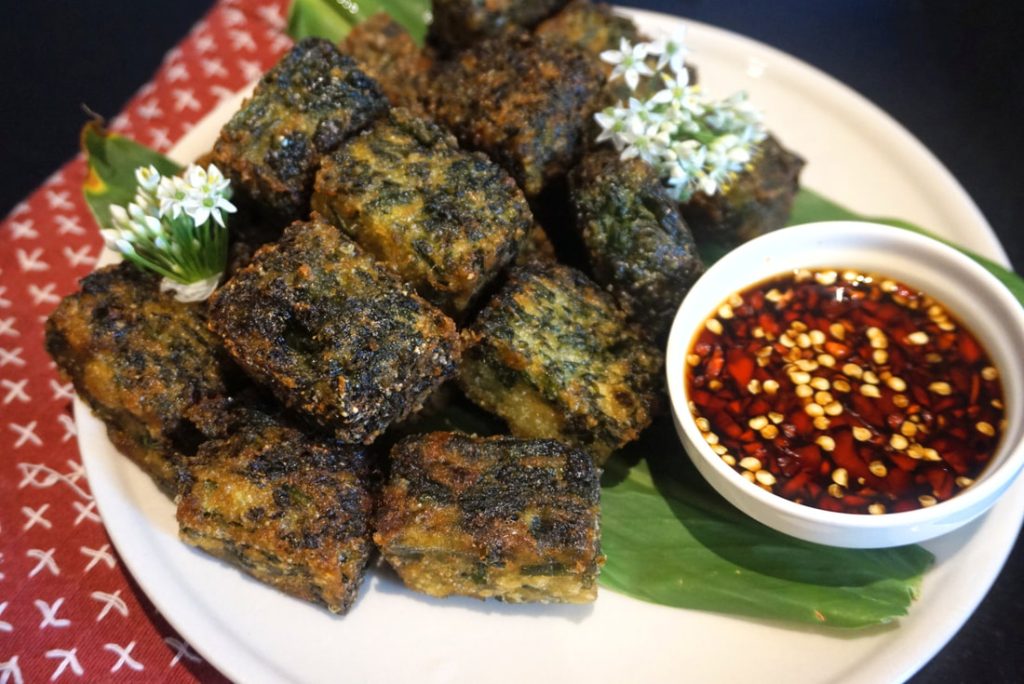Maria Guyomar de Pina or Thao Thong Kip Ma (Thai: ท้าวทองกีบม้า) was born in Ayuthuya in 1664 during the reign of King Narai. She came from a family of Japanese-Portuguese-Bengali ancestry and married Greek adventurer Constantine Phaulkon. Constantine rose to prominence at the Thai royal court first as Minister of Foreign Affairs, then a promotion to the modern equivalent of Prime Minister.
For his great achievements King Narai awarded him a great mansion with a chapel and guesthouses, where Phaulkon frequently entertained the French delegation to Siam. During this period Maria was ennobled as a countess of France.
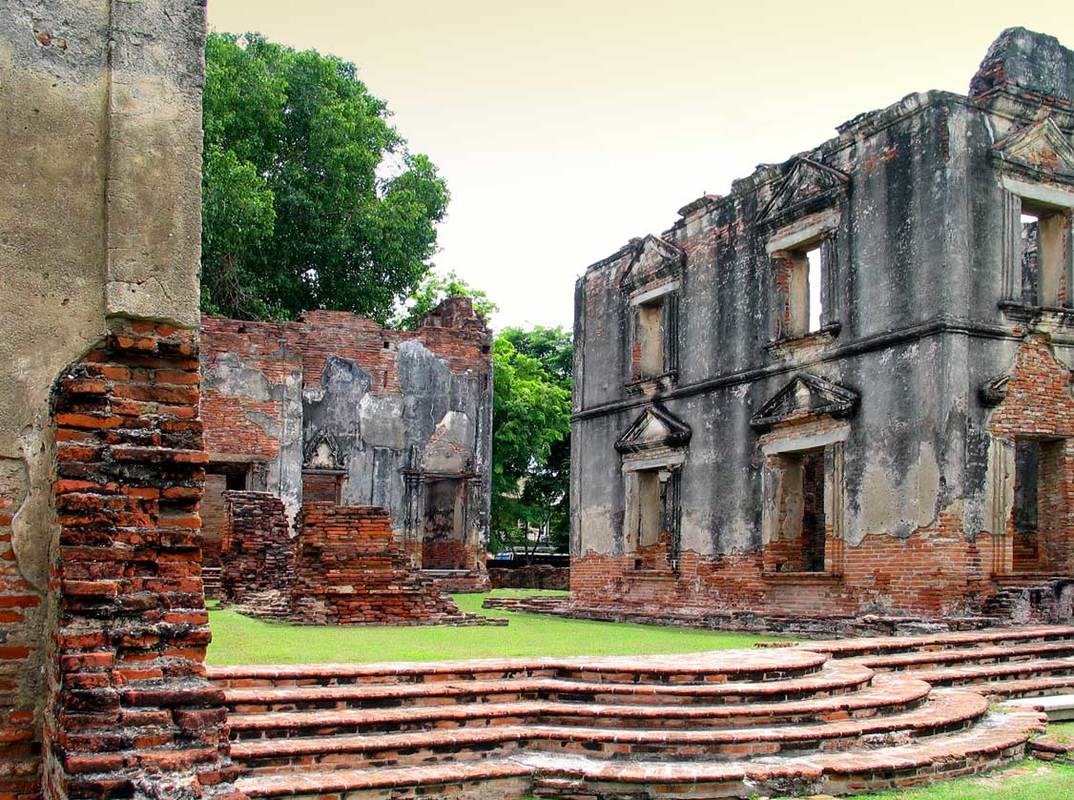
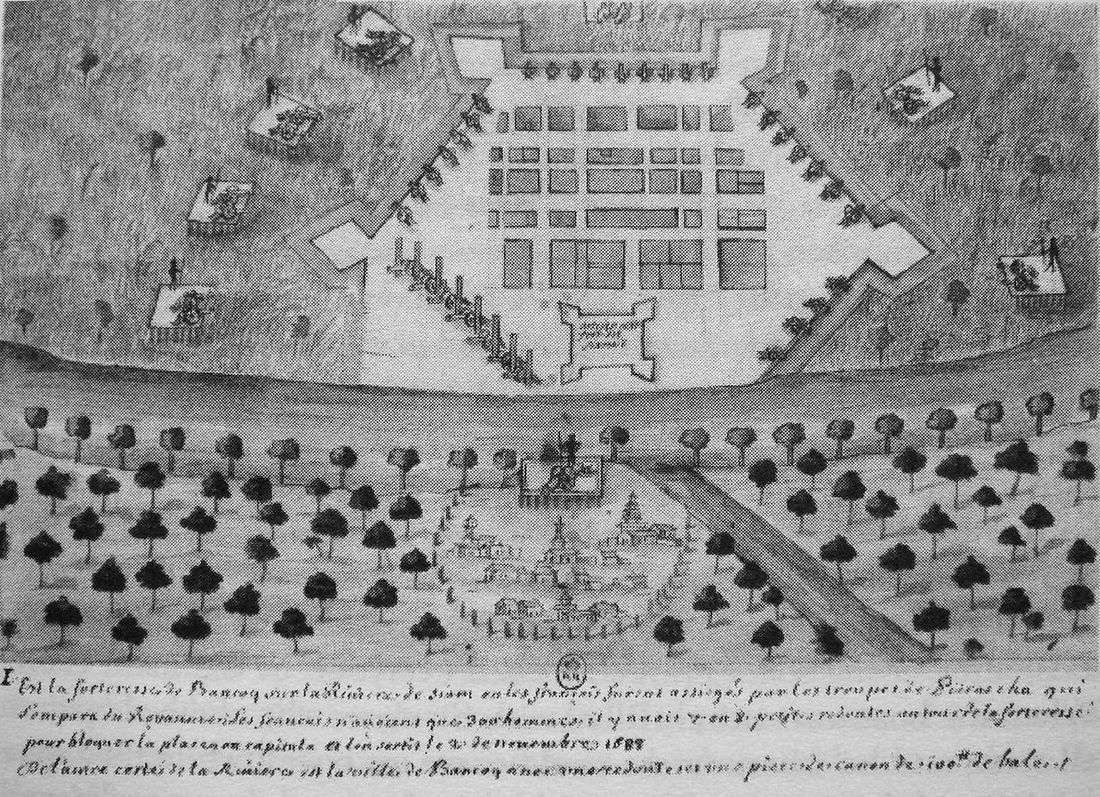
During the Siege, Maria took refuge with the French troops and even managed to flee Ayutthaya. However at the end of the Siege, the French surrendered her to Petracha in an attempt to maintain a fragile peace. She was condemned to slavery in the Royal kitchens until Phetracha died in 1703.
Despite being freed, she stayed working in the royal kitchens and eventually rose to the position of master cook to the Siamese royal court.
During her time in the Royal Court, Maria was credited a number of new desserts such as Khanom mo kaeng, Thong muan, Thong yot, Thong yip, Foi thong, Sangkaya and Khanom phing. Although it is likely that Portuguese traders had introduced them to Thai cuisine, their popularity was certainly solidified by Maria’s work. Maria is credited with having introduced egg or yolk, refined sugar, soybean starch or cassava starch, as well as nuts to Thai desserts. Many of her desserts were a yellow-like gold, considered auspicious in Siamese tradition.
Update 14/4/18:
The soap series Bupphaesannivas (Love Destiny) is all the rage these days in Thailand which includes Maria as a key character!
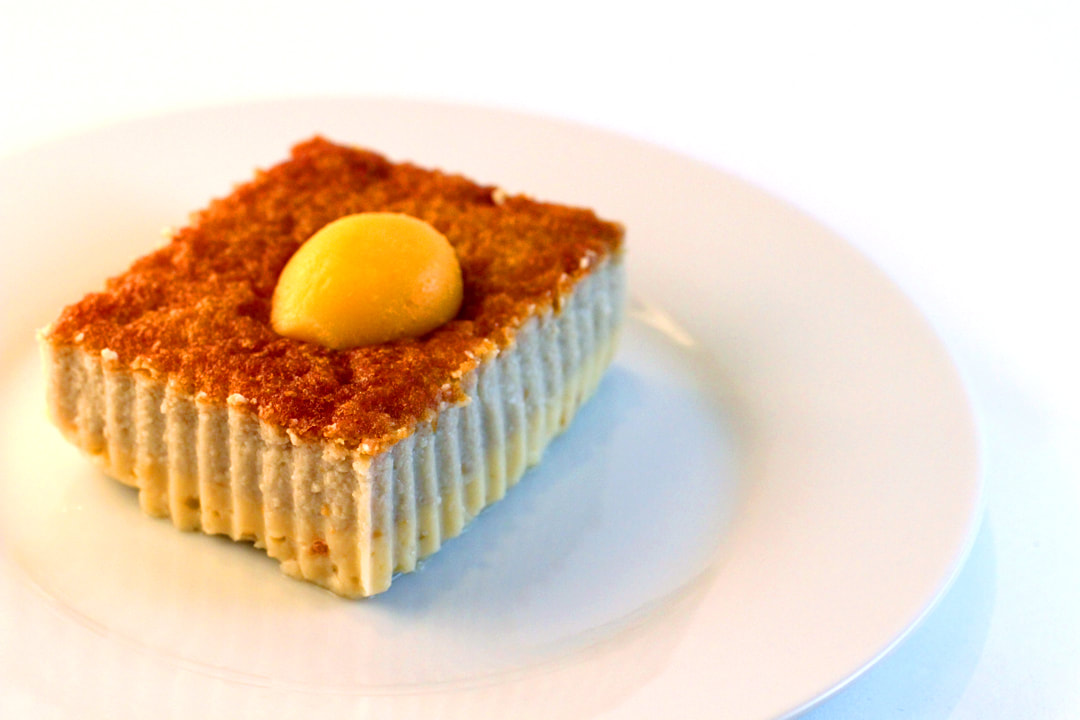
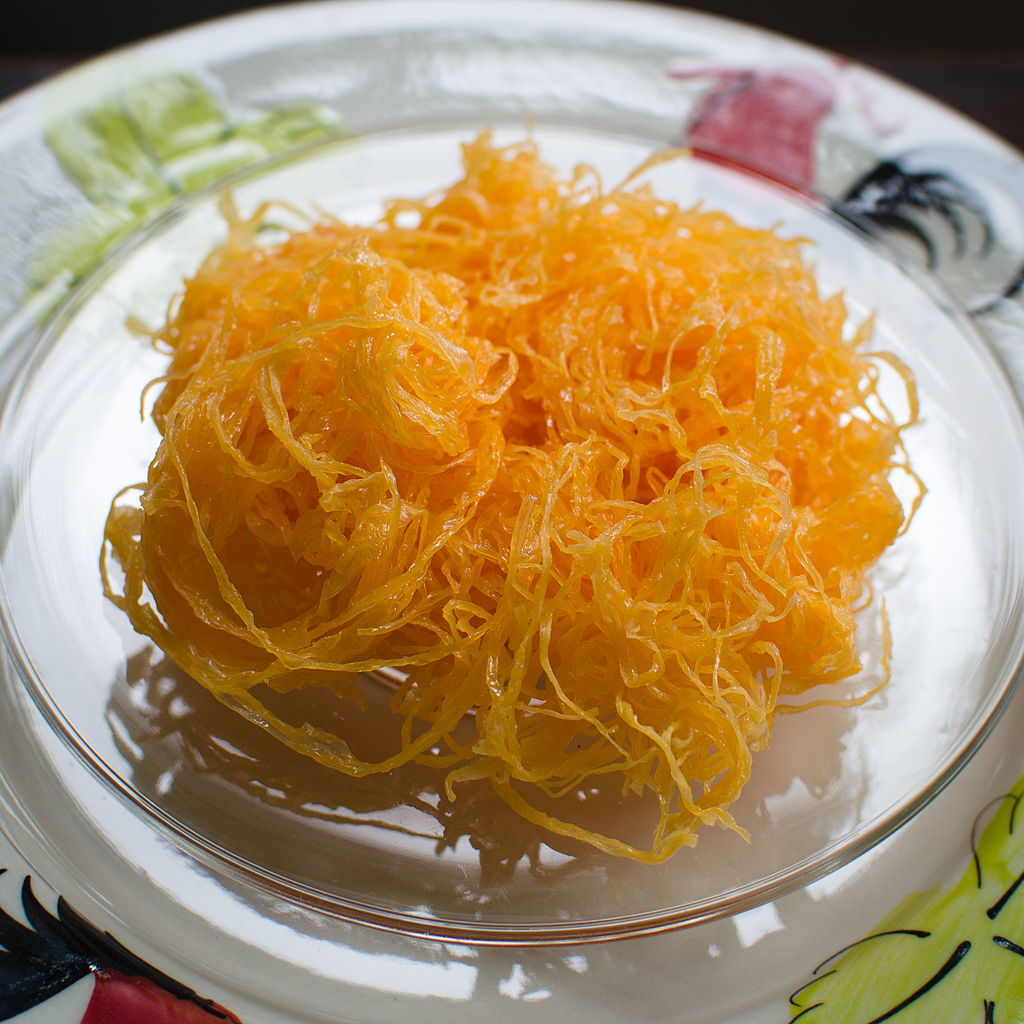
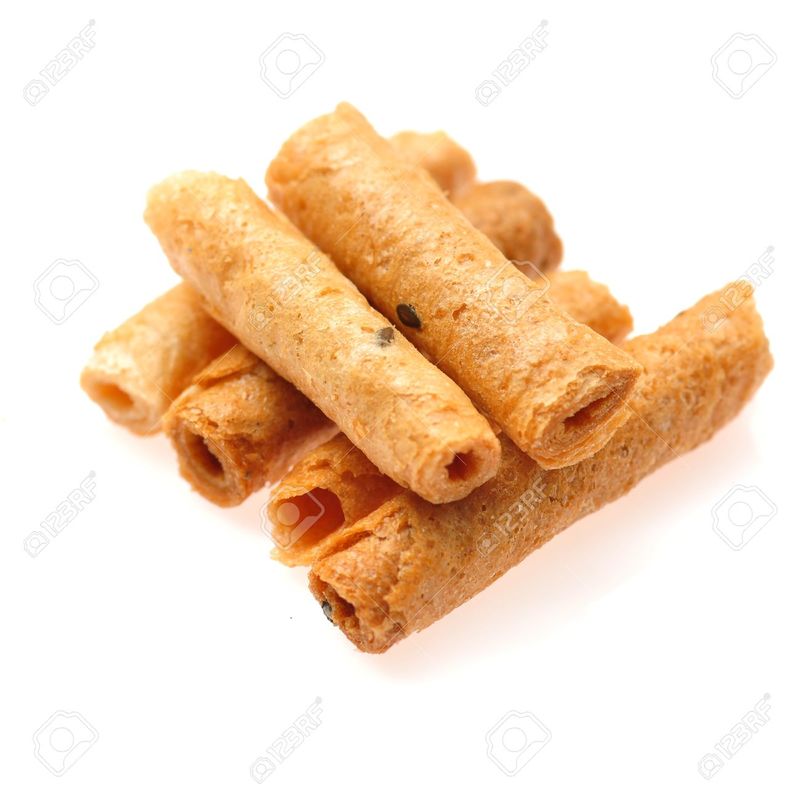
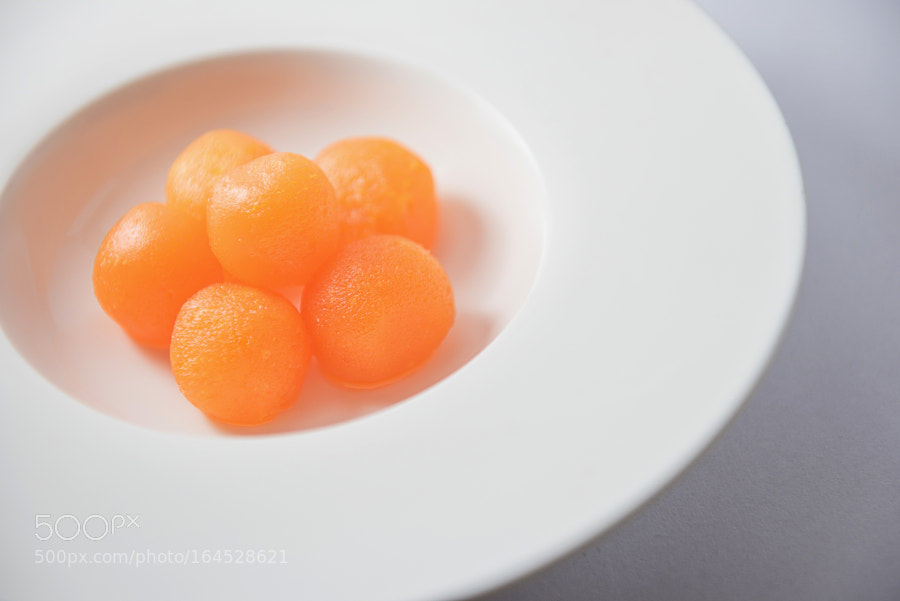
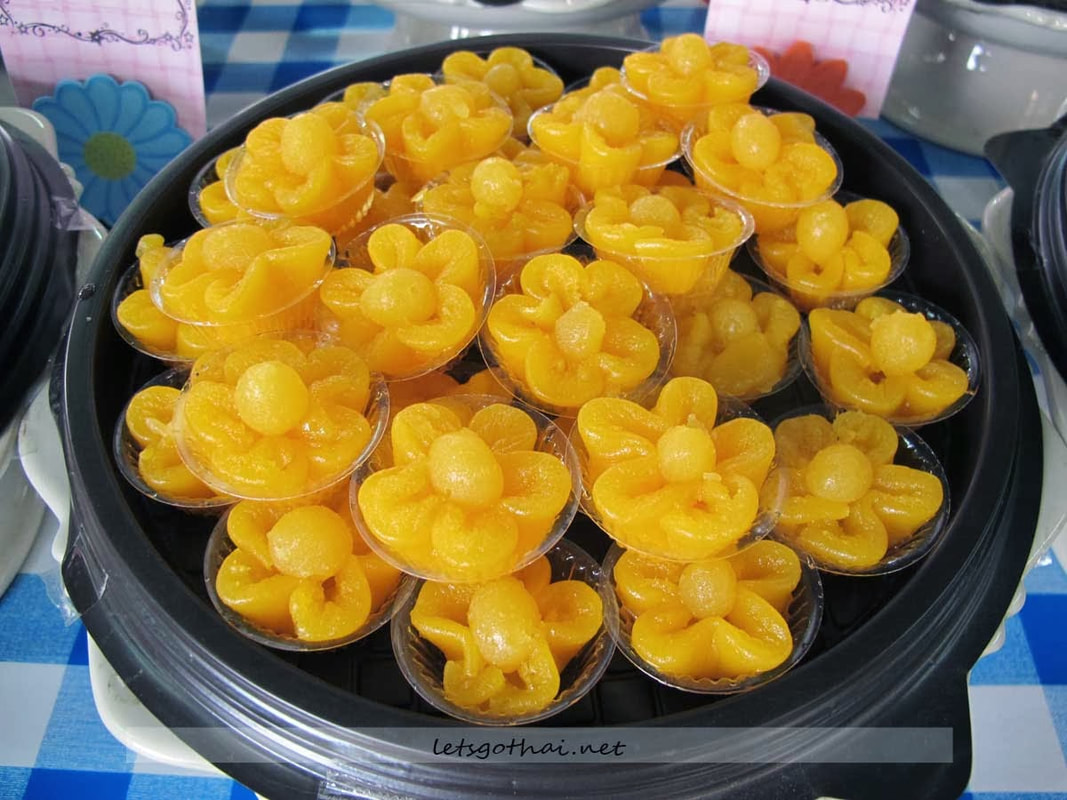
References:
https://en.wikipedia.org/wiki/Maria_Guyomar_de_Pinha
http://cookshistory.blogspot.com.au/2013/09/maria-guyomar-de-pinha-seventeenth.html
http://www.siamese-heritage.org/jsspdf/1991/JSS_080_1i_ReikoHada_MadameMarieGuimard.pdf
http://learnthaiwithmod.com/2017/10/ancient-thai-desserts-you-should-try/
https://www.tatnews.org/hrh-princess-maha-chakri-sirindhorn-opens-new-attraction-commemorating-thai-japanese-relations-dating-back-600-years/
https://www.bangkokpost.com/lifestyle/interview/1440411/time-traveller
http://www.khaosodenglish.com/news/2018/03/07/romcom-fever-triples-ayutthaya-tourism-officials/


